Beginner's Guide to Permaculture and Home Gardening
By Liz Burkemper, Leadership in Urban Agriculture Internship, Summer II 2020
Collectively realizing ecological and food justice can and will start small, especially through the bioregional practice of integrating permaculture principles into home gardening.
To live bioregionally means to live in place: we are cognizant and contemplative of the ecological needs of our places, whether terrestrially or communally. We nourish Earth instead of stripping it down, we grow and eat in awareness of the natural ecosystems and natively thriving plants, we grow with the Earth instead of against it, we abide with our community rather than separately from it.
Our home gardens are perfect grounds for beginning to do so toward listening to the Earth and nourishing our (and our community’s) body. Through the practice of permaculture, we might thoroughly enjoy the Earth’s fruits—grown in harmony rather than in opposition—and what we don’t enjoy, we give away to our neighbors and back to the soil.
Some tips on bringing permaculture to your backyard/home garden:
1. Grow your soil! Instead of tilling, feed your garden beds—layer with cardboard or leaves/grass clippings from your yard. Through permaculture, we learn that every part of the life cycle is useful, and that soil is living, so we must nourish it instead of snuffing out its natural vitality.
2. Grow perennials! Unlike annual-only plants, perennials—especially when planted polyculturally so as to balance the garden ecosystem—won’t zap the soil nutrients + don’t need to start from seed over and over again. Think kale, garlic, rhubarb, chives, asparagus, artichokes!
a. Don’t forget: “perennial” does not mean “no tending required”!
b. Since perennials grow differently than many crops favored by modern industrial agriculture, many of these plants have been lost to history or are rarely found in the grocery store. Don’t be afraid to try veggies you have never tasted before!
3. Mulch mulch mulch! Mulch is the ultimate soil protector—from dryness + erosion, of essential microorganisms and insects, of soil moisture. Here’s an easy guide to permaculture mulching in your garden.
a. Use organic materials from your own lawn: grass clippings, leaves, pine needles, fallen branches, twigs, bark, (sometimes) rocks...
b. ...or find local byproducts (which are often free): grain husks, sawdust, woodchips c. Make a layer that’s three inches thick, and do it again!
4. Build a creative (i.e. no-row) space! Gardening and farming through plowed rows resists the natural thriving of plants, even visually—planted rows mean empty rows between them. Instead, mix your tall + short plants, let vines grow upwards on corn stalks, and plant with curves so as to use your garden space wisely and ensure healthy microclimates for your plants.
a. Unconvinced of the rad benefits of row-less gardening? Check out this deep dive into the advantages for small-scale gardeners!
b. Used on the Urban Harvest STL farms, raised rows are another low-maintenance, no-till means of building up your garden.
5. Don’t waste! Permaculture thrives on a closed-loop system: all waste (output) is reintegrated as resources (input) so as to ensure the dynamism and energy efficiency of the growing system. This means harvesting seeds, using weeds to rebuild the soil, composting, and more.
These are just some beginner’s tips! At the heart of permaculture and bioregionalism is listening and paying attention to the land on which we live, instead of forcing our own thoughts and desires onto the land or into our communities. This listening can be practiced anywhere and everywhere.
For more diving and digging, check out Deep Green Permaculture’s guide to starting your own permaculture garden + Permaculture News’ guide to doing so small-space intensively.

